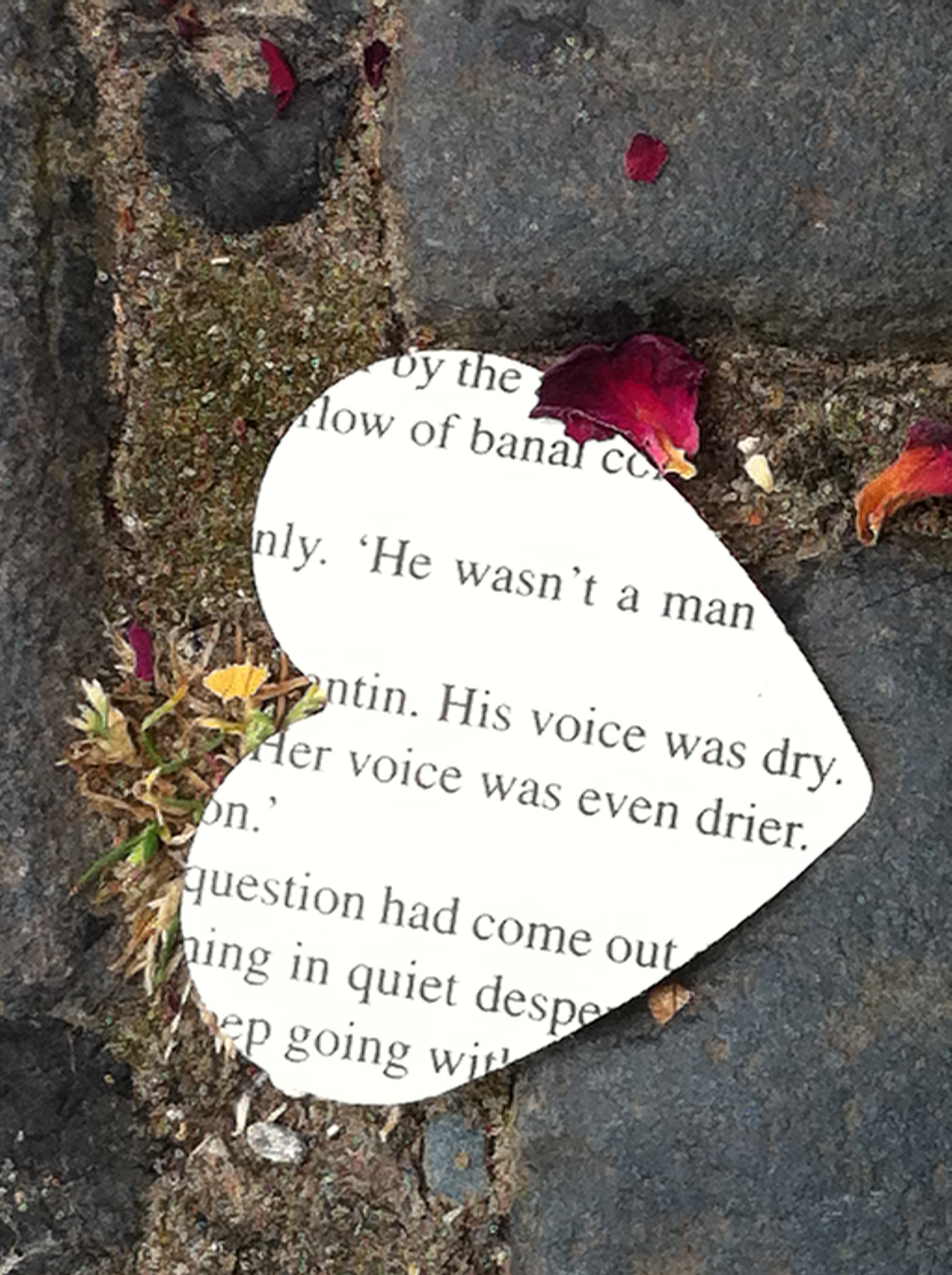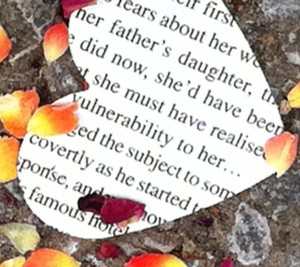Perception, Reception: The History of the Media in Society
Call for Papers for a conference to be held between 4th and 6th July 2012 at Aberystwyth University, Wales, UK. Extended deadline to 17th October 2011
The 4th Media History conference will focus on the ways in which people have understood the social, cultural and political roles of the media from the 15th to the 20th century. The concept of ‘the media’ will be interpreted broadly, so as to include print culture (including the press and publishing), cinema, broadcasting, and other visual and electronic media.
A great deal of work has been done by scholars on the institutional, political and cultural history of various media. ‘Perception, Reception’ will build on this literature to explore the ways in which the media have historically been understood, conceptualised, and imaginatively represented. Thus the conference will not focus on the content of the media as such, so much as the depiction, perception and reception of the media in different contexts over time. How have readers, consumers, and the respective media industries themselves framed arguments about the media as a force for good (or evil) at different points in time? Have contemporaries always seen the media as agents of change, or is there a counter-history of the media to be written in terms of promoting conservatism, deference and order? How have people understood and represented the media in terms of concepts of personal and geographical space, time, or changing belief systems? Can we think ‘internationally’ about perceptions of the media in different states and nations over time, or is the media still best understood and examined in largely local or regional contexts?
We welcome proposals from a range of chronological, geographical and methodological backgrounds. Abstracts, of around 200 words for papers of between 20 to 25 minutes duration, should be sent by close of business on 17th October 2011 to mediahist2012@aber.ac.uk<mailto:mediahist2012@aber.ac.uk>


